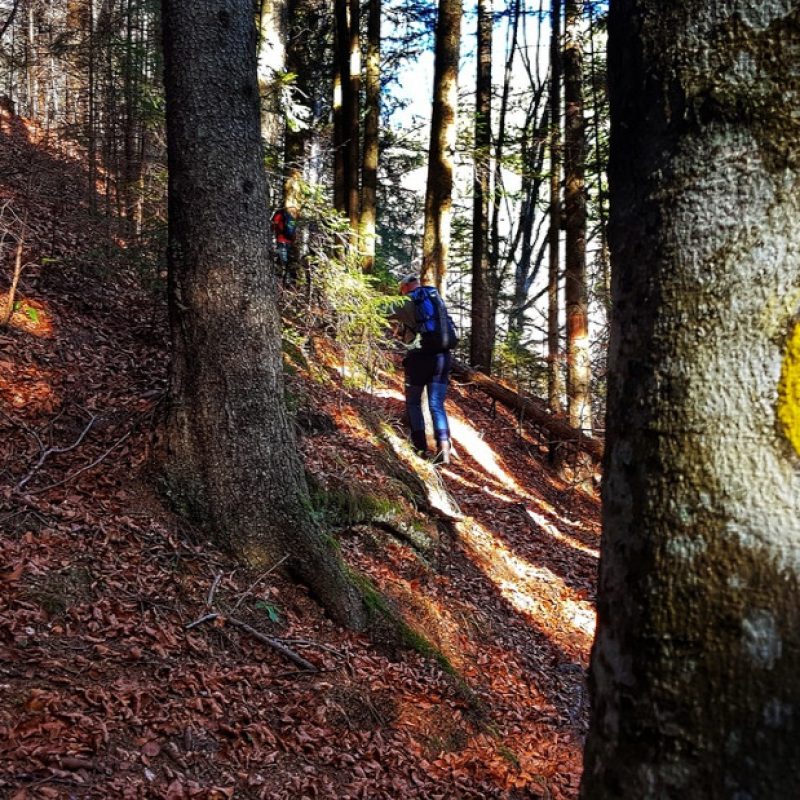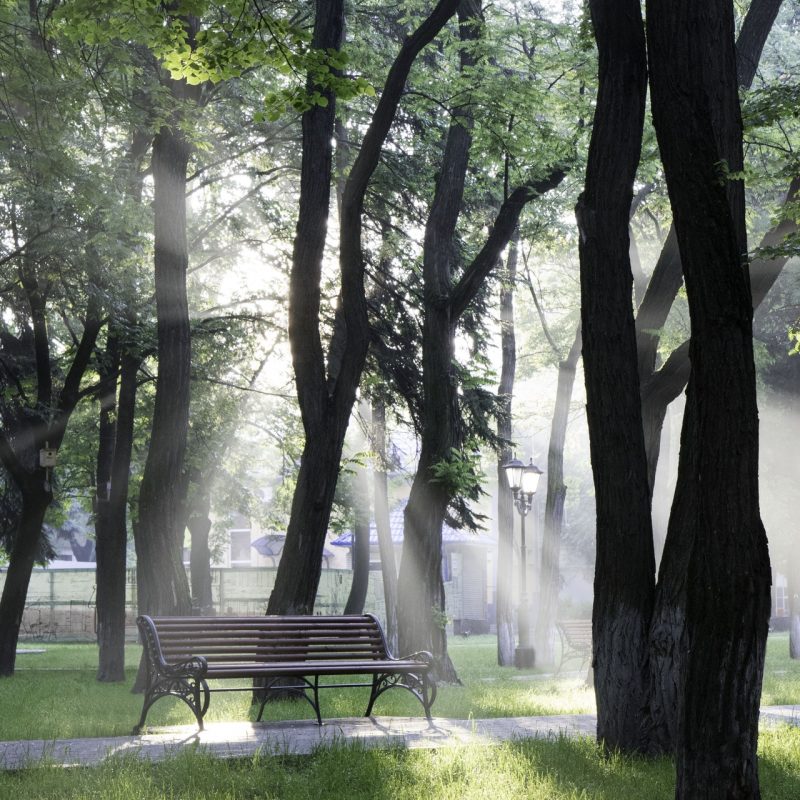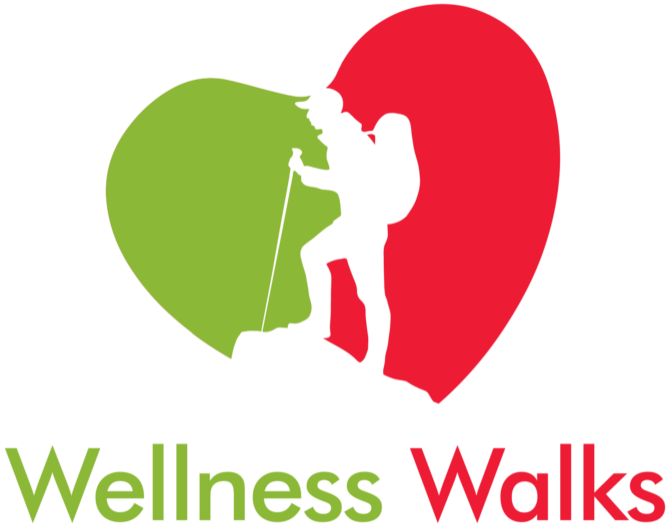“Walk & Talk?” what’s that all about then….
One of the questions I get asked most often by friends, existing and prospective clients.
I do A LOT of walking – and sometimes I’ll do a lot of talking if I’m leading an engagement or training session. But increasingly over the last few years I’ve started to notice the days where I wasn’t the one talking, where perhaps often no-one was, where listening was my most used skill. I noticed those days as they were the ones where clients had the biggest smiles, where they told me they’d really benefited on a psychological & emotional level.

Being out in nature is well proven to have huge benefits for our mental health – in fact in their 2019 “Ecotherapy Plan” the UK Charity Mind found that whilst 90% of participants reported an improvement in their physical health after (an average of) 120mins a week in the outdoors a staggering 94% reported an improvement in their mental health! – Yes you read that right, time in the natural environment proved more beneficial for mental health than physical. It’s something I’ve certainly noticed – something I’ve written about often, a good day out with good people is some of the best therapy we can get. So what’s going on?
When we wander out in to nature there are physical and psychological factors that immediately change. For a start, simply by setting out we’ve made a commitment to trying. Once we set out there is a greater sensory input from the ‘real’ world – the sounds and sights of man are replaced with something all together more. We start to become more aware of our surroundings, more present in the now – some might say more mindful. The need to observe our physical place in the world, the heightened use of other senses, the different and multiple conscious and unconscious inputs we encounter all help to centre us in the ‘here and now’. Often they give a sense of scale, an opportunity to both be more and less. And for an increasing number of people that’s a different or even new experience, for many the natural world is shrinking.
We are an increasingly urban population – many people have neither access or opportunity tget themselves out into nature – so collectively our understanding of its benefits is reducing.

The 2016 “Getting Active in the Outdoors” survey listed access and fear as two of the largest barriers to participation for the UK’s increasingly urban population. The interesting thing regarding getting into nature? – it doesn’t need to be a challenge, we’re not looking for a summit or a physical achievement on these days – we’re looking to simply be a part of the whole. Many people think that the outdoors isn’t for them, that they need expensive kit, that it’s too risky. Well that’s where knowing you’re with someone who removes all of those worries straight away really helps, lets you focus on the good, removes the worry, leaves you ready to explore.
So why where does the “talk” come into it? Well often it doesn’t – many Walk & Talk days will have long periods of companionable silence, we have the time to let conversation and understanding develop more naturally than it can often feel sat in the therapist’s office. At times I might even wander a little way away from a client to let them have some solitude and reflection. Yet when we do talk I’ve found clients are more engaged with the process, more willing to open up and explore issues and concerns. Sure the removal from the modern world helps – the knowing you’ve put an amount of time aside just for you (typical sessions are 3-6 hours) the knowing there’s not a ticking clock, but. There’s more to it. Being outdoors changes the dynamic. It’s not another office, it’s not a potentially prescriptive sat in a chair moment, its different to the routine. As a therapist or client its not a ‘having to choose’ situation (which seat, what time, how to get away, eye contact…) – its utterly variable, and the client can physically actually lead the pace. I like to think of it as therapy in 3D – walking side by side or at a respectful distance, moments of revelation or understanding can all be acknowledged with a pause in a stride, stopping to appreciate the giving, or even a change of direction. Silence is one of the most powerful tools a coach or counsellor has – reflection is vital for clients to make gains – and the longer nature of these sessions offers the chance for each of us to maximise the benefits of both.

So how is a typical day structured?
We’ll always have had a chat and drawn up a brief. As a qualified International Mountain Leader and First Aid Instructor safety will be assured – but I’ll always have (& have discussed with the client) plans B, C, D & more. We’ll meet at an agreed location and time, I’ll have everything we need – even umbrellas – it is the UK after all…
We’ll also have specifically discussed what we’ll do if we meet people so that clients know how their confidentiality will be protected. I’m a well known local guide – so people who know me will just assume we’re out for a wander (which we kind of are…)
We won’t particularly plan to go far – and the client will lead the pace. We’ll chat along about life, this that and the other and every so often we might stop and sit a while on a fallen log, convenient rock or even a bench as we explore or acknowledge something we’ve raised, realised or want to relieve. I’m quite specific that my input will be as much or as little as the client wants, (we’ll have covered that in our briefing chat) – my role is both physically and psychologically that of guide and companion. So I can add nature knowledge, mindfullness techniques or perhaps some self help tools for future independent adventures, or I can simply walk with you as you let it all out.
We might finish with the three C’s -, coffee, cake and confirmations. We’ll talk about next steps and the path ahead. A lot will have happened that clients won’t or don’t need to have noticed. The subtle changes of route, the moments of designed challenge and the empowerment of choice. Mostly I’m hoping they’ll have had a grand day out and feel better for it.
Sharing is caring!
